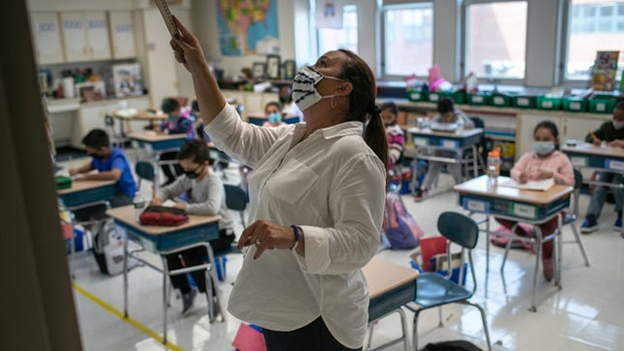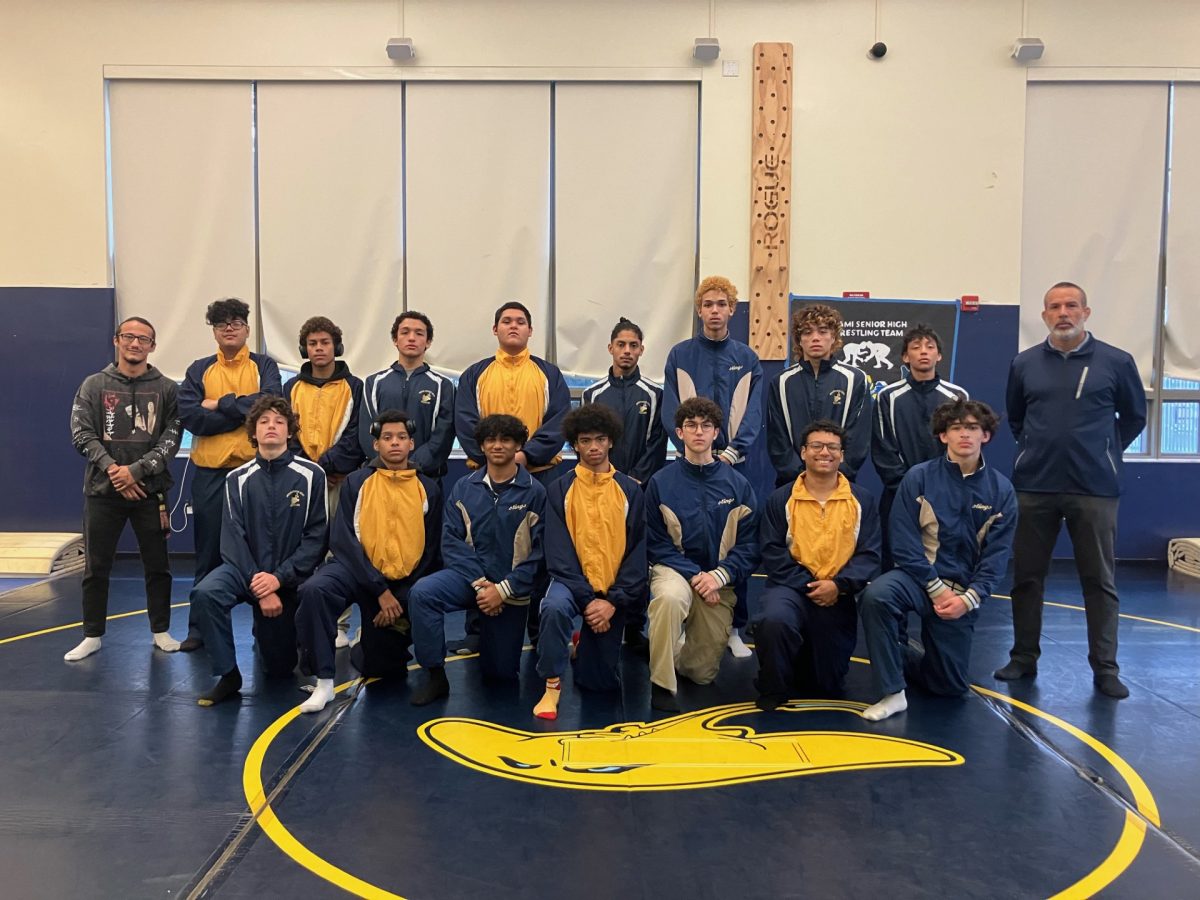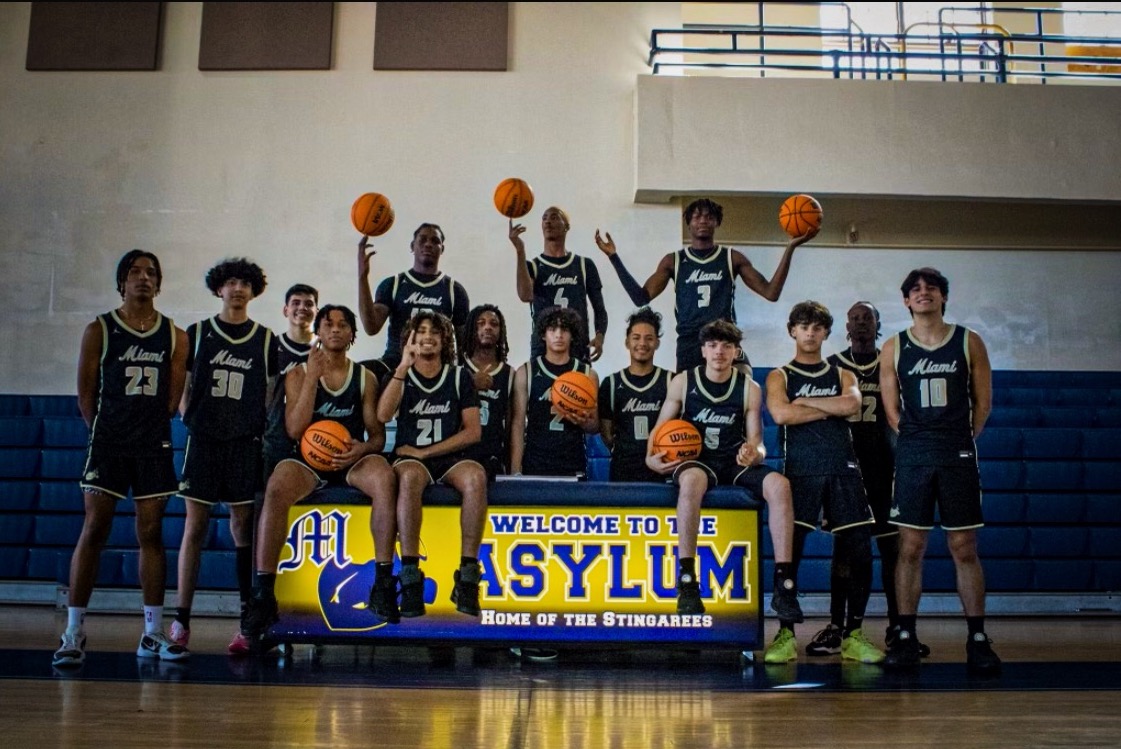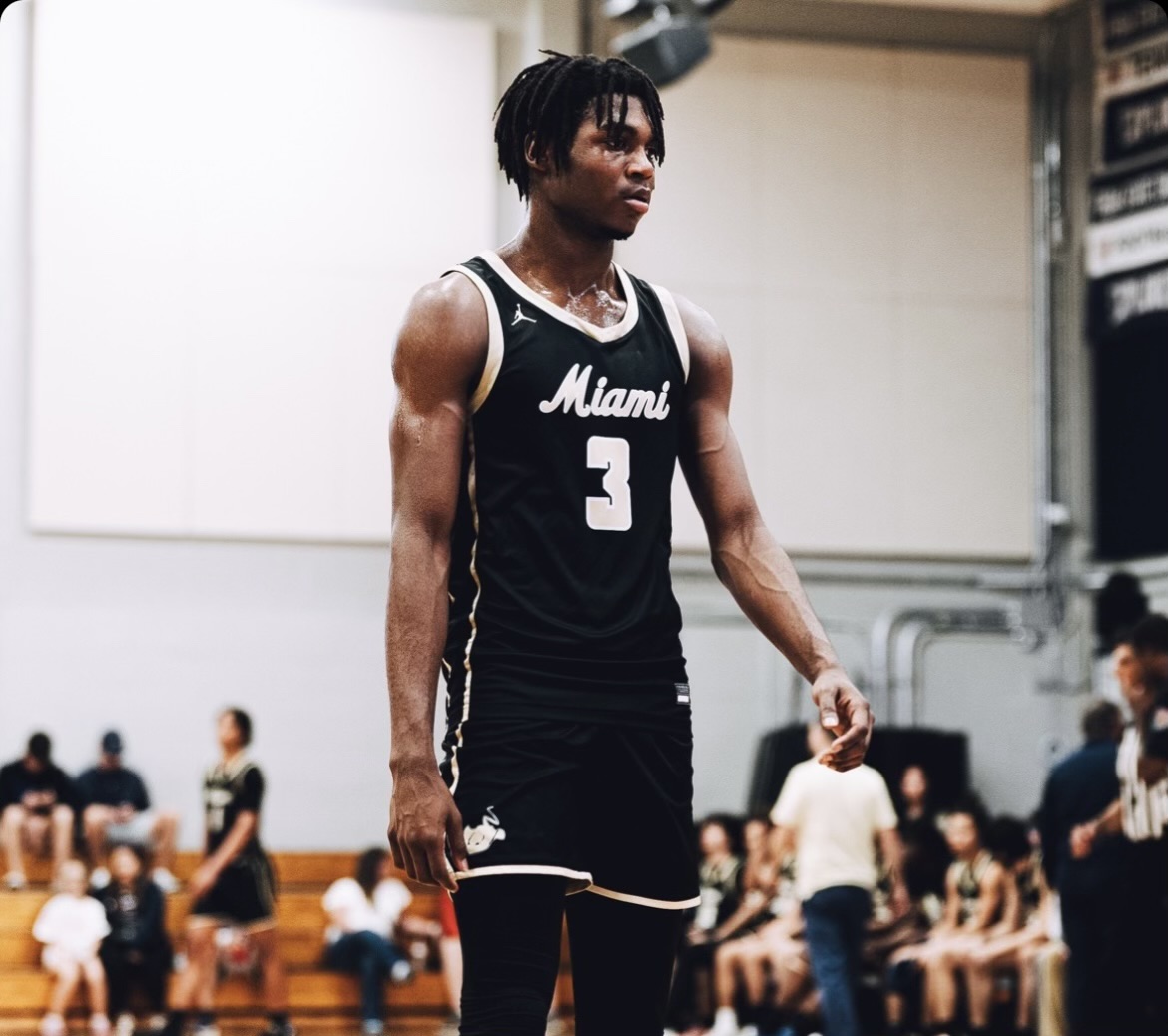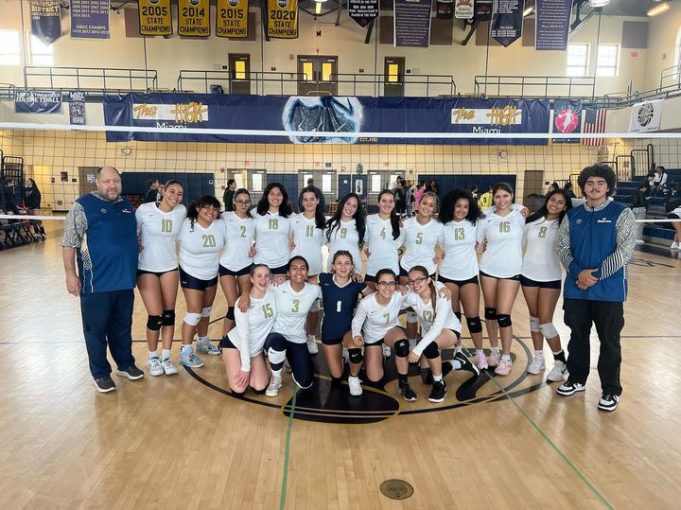COVID and School: How We Got Here.
thehill.com/sites/default/files/styles/article_full/public/article_images/coronavirus_school_09012021_getty.jpg?itok=2fBSyPbu
November 8, 2021
The past year and a half has been a very turbulent time for everyone on planet Earth, with the outbreak of a pandemic, the end of several years of economic stability as the world’s economies and supply chains were severely affected by the fallout of the virus, a chaotic election, and now in 2021, a shortage of pretty much everything, skyrocketing inflation, and rising tensions between the world’s major players.
It has hit everyone hard, but it has hit students all over the world somewhat harder, at least in terms of mental health and academic performance. With most students staying at home, they had their grades take a huge nosedive mostly due to the bungled mess that online school was, and the fact it was the perfect environment for procrastination. It also shut them off from any potential human interaction.
At first to many, including myself, virtual school seemed like the definition of paradise. But in the long run, it was something that did lots of mental harm, and I say this from personal experience. Now, though, with the school year in full swing, and with all students now showing up physically, it seems as if things are somewhat returning to normal. The question is though: how has it all come to this, and how long can we keep it.
How We Got Here
When the virus first hit the U.S last February, it hit the entire country like a bomb. Europe was hit harder at first, especially in countries like Italy, Spain, and Britain. The U.S. was hit hard regardless, whether it be the mass hospitalizations, the economic fallout, and the mass panic and hysteria it caused. Yet, many thought that the situation would be over relatively quickly, with the government rushing to get it under control.
But, as you may all know, mostly due to former President Trump’s ignorance and inaction, his administration’s incompetence—both factors in his eventual defeat a few months later—along with the stupidity or naivete of many, that didn’t happen. The issue that should have been kept in the hands of experts and scientists fell into those of politicians, quickly making it another battleground in the incessant squabbling that is the Culture War and getting nothing of value done.
Meanwhile, most schools around the country were shut down last March and were forced to go online, thinking that it would be momentary. But, as cases soared and the 2020-21 school year loomed, it was decided that the year would be online-only, at least for a while. Also, many parents feared to send off their children to school physically, fearing for their own, their child’s and the safety of their other family members and loved ones.
Here at Miami High, the year came off to a rough start, as many students had no idea what to do or couldn’t connect to their classes due to a hacker that was sabotaging the system on the first day. While the issue was later resolved and at least a semblance of coherence was formed, the idea of fully online school—one that was hailed as the future of schooling—ran into some huge problems. Many students fell behind on or didn’t do their work, mostly due to the lack of motivation, the cold and unresponsive nature of the online environment, and just being at home with no pressure at all. And all that combined with the previous two, created the perfect environment for procrastination. Many also cheated on their exams and assignments, simply due to its ease to do so.
Still, many parents chose that over risking their children potentially getting infected. Even though some restrictions were later lifted and school reopened near the end of the year, albeit at a limited capacity, many parents and students remained hesitant.
By the start of 2021 though, things began to change. With the rollout of the first vaccines for mass inoculation, restrictions were further eased, as well as the slowing amount of daily cases and the optimism around Biden’s administration and the hopes that he would do what Trump failed to do: get the pandemic under control. While the optimism only lasted a few weeks, all this got school boards across the U.S. asking: what if schools could start up at full capacity again?
Planning And Controversy
In general, most states wanted to do something similar to what had been done near the end of the previous school year, in which schools would reopen at half-capacity while the other half stayed online. However, the opinions most parents had toward online school had drastically changed, and the isolation had also taken a toll on students’ academic performance and mental health. So, it was decided that schools would re-open at full, pre-pandemic capacity, and that masks were to be compulsory. Also, strict protocols were to be enforced regarding infected students, with teachers having to keep seating charts, and if a student was infected, all those who sat around him would have to be quarantined for ten days as a precautionary measure.
However, the part about the mask mandate soon met resistance from Governor Ron DeSantis. DeSantis and his board refused to allow the school boards to enforce those mandates, saying that decision should be left to the students themselves or their parents. When ten out of 67 of Florida’s counties defied that order, including Miami-Dade, he threatened to withhold the salaries from those school boards and remove superintendents that opposed him.
While many counties bent the knee, Miami-Dade, Broward, Palm Beach, Hillsborough, Alachua, and Sarasota persisted, with Miami-Dade’s superintendent Alberto Carvalho personally defying DeSantis’ orders. As with anything like this, it became a huge issue that divided many in the state, and although being incorrect with his decision, DeSantis was unfairly portrayed by the media, who mostly said that he wanted to ban masks, rather than his actual policy: leaving the mask use to personal choice.
The Day Itself
On Monday, August 23rd, the 2021-22 school year officially began. Miami High had over 2,900 students show up, an increase from 2019 and especially from 2020, which is the largest amount of students that this school has had in recent years. Most students who didn’t show up the previous year and stayed online arrived, and for many it was the first time they were actively in and walking around the school. Teachers were also able to show up for the first time in over a year. Overall, it was a huge success.
My Experience and Opinions
I was in eighth grade when the pandemic started, not even in Miami High yet. I remember having all our events and activities, such as our prom and trip to Universal, being postponed, as if the virus was just a storm – one that would rage on for a bit and just like many others, thought it would soon be under control. Also, the virus seemed distant, something we only heard happening in China. It was something relatively detached and almost harmless to us here in America. But as that tiny outbreak blew up into a full-blown pandemic, our postponed events were cancelled, and we were forced to finish what was left of the school year online.
Despite all that was going on, I was fairly optimistic, and thought that things would calm down by at least July. I was also very excited to finally go to high school, something I had been looking forward to for a very, very long time. But my hopes for a quick end to the virus were dashed as cases continued to soar, which meant that we had to start my freshman year online. While I was glad to finally be in high school, it certainly didn’t feel as I expected it to be. In fact, it almost seemed as if I never really left middle school.
Throughout the school year, I became victim to most of the pitfalls that most also went through, such as falling behind or simply not doing my work, not because it was hard, but because I got lazy or decided to procrastinate, usually waiting until the very last minute to finish an assignment. It was a long, long year. The monotony of my daily routine eventually messed a lot with my mind. So by the end of the school year, I was desperate to finally get out of the house and get back to at least some form of normalcy for the upcoming year.
However, all I could do was sit and watch as the government squabbled over allowing the year to start and if mask and/or vaccine mandates would be implemented if it did. It was also the first time I saw our governor, Mr. Ron DeSantis, make national news headlines with his refusal to allow such mandates to be allowed. I personally disagreed with not mandating masks in schools and his anti-mask rhetoric that he and other conservatives share in general, at least until we have reached a point in which cases are low and so are the chances for them to spike again.
But, I did agree with his views that vaccines should not be required for anyone anywhere in the state. Not only would mandates cause a huge backlash on a national level, they would also have the opposite effect, as psychology dictates that people resent being forced to do something. The more you force it, the more they’ll resist and become skeptical of why they’re being forced to do so anyway, and that allows conspiracy theories to spread like wildfire.
I personally do not believe in those crazy theories that say that the vaccine is a deadly plot by Bill Gates and Jeff Bezos to put mind-controlling microchips in the entire population, which they also say is the Mark of the Beast, and create a 1984-style New World Order, that those people believe in and spread. I have my own views on vaccination itself, but I will not be sharing them due to personal reasons.
In spite of all the debates, the school year began either way, with a mask mandate but no vaccine one, and I remember my first day almost being magical. I had been at Miami High earlier when taking my EOC’s at the end of last school year, but it was the first time I could truly walk around and just be in the school. It seemed as if things, aside from the fact that everyone was wearing masks, finally had gone back on course, and that the day that I had long awaited, despite being postponed a year, was finally here.
I loved the environment, the experience, and I also got to meet up with some old friends I had grown distant from during the lockdown. Then came the second day, and then the third. The exception became normal again. Despite a few pet peeves, I’m glad to be in and around this school. And with cases slowly but surely on the decline, increased precautions, and students sticking to the rules, I’m sure it’s safe to say it will hopefully stay this way.
The Good News – Things are improving, and as long as we don’t let our guard down, things should be just fine:
– Florida, which experienced one of the worst summer surges, now has a lower recent case rate than every other state. Caseloads continue to fall rapidly across much of the South.
– Globally, the peak of deaths from the virus was January of this year, with about 15,000 deaths per day.
– In terms of cases, the global peak was this April, with 820,000 cases per day. Fortunately, as of late October 2021, average daily cases are now nearly half of what they used to be, with about 420,000 reported per day, which is also 35,000 less than those reported at the same time last year.
– As of now, we’re at 1,080 global deaths per day, which is almost a third of what it was at the same time last year, which was 3,700 per day.
Sources: New York Times and OurWorldInData, Nov. 4, 2021

